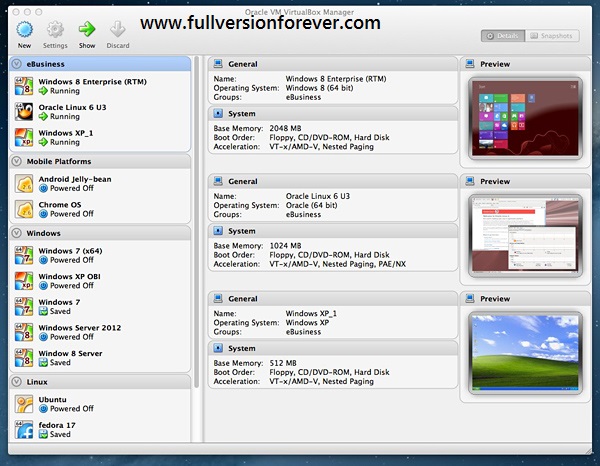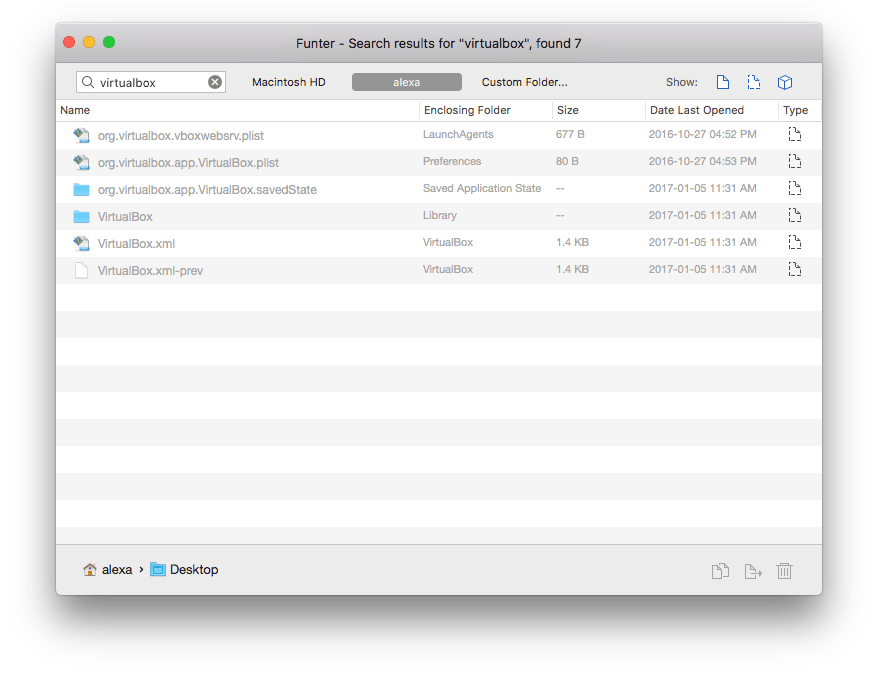

rm -rf /.minikube /.minikube /.minikube /.minikube /.minikube /

Kubernetes clusters are managed via Kubectl, a command-line tool. Before you can remove the container, you must first stop it.Īnswers to Related Questions What exactly is Kubectl? If you see an error that looks like this, it signifies the container is up and running. Use the docker container rm command followed by the ID of the containers you wish to delete to remove one or more Docker images. One or more containers should be removed.

Ingress resources are no longer included in the all group as of version 1.7. This will remove the Deployment (containing Pods and Replica Sets) as well as the Service connected with the basic app built in the Tectonic tutorial Deploying an app. Delete the pod(s) that are currently executing in the node gracefully.Start the pod(s) in the other node(s) that are currently executing in the node.Mark the node associated with the computer I’m about to shut down as unscheduled.How can I remove node Kubernetes, for example? Windows Installer – In there, find an entry for the Minikube installer, right click on it & click on Uninstall. How can I remove Windows Kubectl, on the other hand? Snap uninstall kubectl to install on Ubuntu (as Gparmar suggested).gcloud components uninstall kubectl is available as part of the Google Cloud SDK.sudo rm /usr/local/bin/kubectl sudo rm /usr/local/bin/kubectl sudo rm /usr/local/bin/kubectl sudo rm /usr.This article will provide an answer to the question. The “uninstall kubectl windows” is a question that has been asked multiple times. In order for Kubernetes not to get installed on your system again, you need to uninstall it with the proper steps. This can be very time-consuming in the long run if you have to do this process every day. Kubernetes is a container engine, and it’s so easy to use that many people are using it without even knowing what they’re doing.


 0 kommentar(er)
0 kommentar(er)
